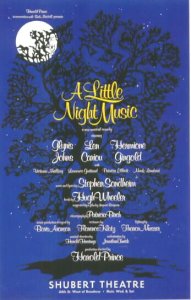
A Little Night Music is a musical with music and lyrics by Stephen Sondheim and book by Hugh Wheeler. Inspired by the 1955 Ingmar Bergman film Smiles of a Summer Night, it involves the romantic lives of several couples. Its title is a literal English translation of the German name for Mozart's Serenade No. 13, K. 525, Eine kleine Nachtmusik. The musical includes the popular song "Send In the Clowns", written for Glynis Johns.
"Send In the Clowns" is a song written by Stephen Sondheim for the 1973 musical A Little Night Music, an adaptation of Ingmar Bergman's 1955 film Smiles of a Summer Night. It is a ballad from Act Two, in which the character Desirée reflects on the ironies and disappointments of her life. Among other things, she looks back on an affair years earlier with the lawyer Fredrik, who was deeply in love with her, but whose marriage proposals she had rejected. Meeting him after so long, she realizes she is in love with him and finally ready to marry him, but now it is he who rejects her: He is in an unconsummated marriage with a much younger woman. Desirée proposes marriage to rescue him from this situation, but he declines, citing his dedication to his bride. Reacting to his rejection, Desirée sings this song. The song is later reprised as a coda after Fredrik's young wife runs away with his son, and Fredrik is finally free to accept Desirée's offer.

Florodora is an Edwardian musical comedy. After its long run in London, it became one of the first successful Broadway musicals of the 20th century. The book was written by Jimmy Davis under the pseudonym Owen Hall, the music was by Leslie Stuart with additional songs by Paul Rubens, and the lyrics were by Edward Boyd-Jones, George Arthurs and Rubens.
Der Opernball is an operetta in three acts with music by Richard Heuberger, and libretto by Viktor Léon and Heinrich von Waldberg, based on the 1876 comedy Les Dominos roses by Alfred Delacour and Alfred Hennequin. Alexander von Zemlinsky assisted Heuberger with the orchestration. Its premiere was at the Theater an der Wien, Vienna, Austria, on 5 January 1898. The most famous number from the operetta is the waltz duet "Geh'n wir in's Chambre séparée". The operetta remains in the repertoire of German-language opera companies, such as the Vienna Volksoper.

An Artist's Model is a two-act musical by Owen Hall, with lyrics by Harry Greenbank and music by Sidney Jones, with additional songs by Joseph and Mary Watson, Paul Lincke, Frederick Ross, Henry Hamilton and Leopold Wenzel. It opened at Daly's Theatre in London, produced by George Edwardes and directed by James T. Tanner, on 2 February 1895, transferring to the Lyric Theatre on 28 May 1895, and ran for a total of 392 performances. The piece starred Marie Tempest in the title role, Hayden Coffin, Letty Lind, Leonora Braham, Eric Lewis, Maurice Farkoa, Marie Studholme, and Louie Pounds. It also had a Broadway run at the former Broadway Theatre from December 21, 1895 through February 8, 1896.

Can-Can is a 1960 American musical film made by Suffolk-Cummings productions and distributed by 20th Century Fox. It was directed by Walter Lang, produced by Jack Cummings and Saul Chaplin. The screenplay was written by Dorothy Kingsley and Charles Lederer, loosely based on the musical play by Abe Burrows. The music and lyrics were written by Cole Porter for the play, but for the film, some songs were replaced by those from earlier Porter musicals. Art direction was handled by Jack Martin Smith and Lyle R. Wheeler, costume design by Irene Sharaff and dance staging by Hermes Pan. The film was photographed in Todd-AO. Although performing well on initial release, it failed to recoup its production costs from its domestic receipts.
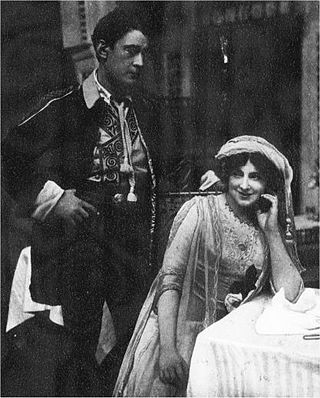
The Balkan Princess is a musical in three acts by Frederick Lonsdale and Frank Curzon, with lyrics by Paul Rubens and Arthur Wimperis, and music by Paul Rubens. It opened at London's Prince of Wales Theatre on 19 February 1910. The cast included Isabel Jay and Bertram Wallis. There was a successful Broadway run in 1911 that used a libretto by Leonard Liebling, and the show toured widely thereafter.

Der Graf von Luxemburg is an operetta in three acts by Franz Lehár to a German libretto by Alfred Willner, Robert Bodanzky, and Leo Stein. A Viennese take on bohemian life in Paris at the beginning of the 20th century, the story revolves around an impoverished aristocrat and a glamorous opera singer who have entered into a sham marriage without ever seeing each other and later fall in love at first sight, unaware that they are already husband and wife.
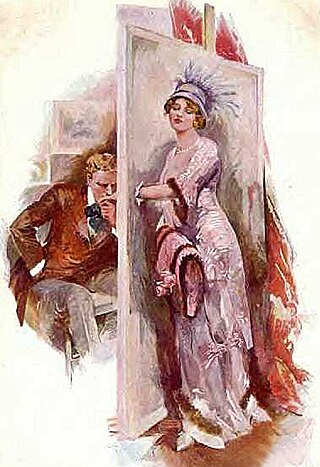
The Count of Luxembourg is an operetta in two acts with English lyrics and libretto by Basil Hood and Adrian Ross, music by Franz Lehár, based on Lehár's three-act German operetta Der Graf von Luxemburg which had premiered in Vienna in 1909. Lehár made amendments to his Viennese score to accommodate the two-act adaptation. He also interpolated into the score three new pieces: a waltz that he had written for a commemorative performance of Der Graf in Vienna; a song from his first operetta, Wiener Frauen; and a Russian dance from the opera Tatjana.

Monsieur Beaucaire is a romantic opera in three acts, composed by André Messager. The libretto, based on the 1900 novel by Booth Tarkington, is by Frederick Lonsdale, with lyrics by Adrian Ross. The piece premiered at the Prince of Wales Theatre in Birmingham, England, on 7 April 1919, before opening at the Prince's Theatre in London under the management of Frank Curzon on 19 April 1919 and transferring to the Palace Theatre on 29 July 1919, for a successful run.

La fille du tambour-major is an opéra comique in three acts, with music by Jacques Offenbach and words by Alfred Duru and Henri Chivot. It was one of the composer's last works, premiered less than a year before his death. It opened at the Théâtre des Folies-Dramatiques, Paris, on 13 December 1879, and, after a successful initial run, was frequently revived in Paris and internationally, but in recent times has not been among the Offenbach operas most frequently staged.

Hazel Dawn was an American stage, film and television actress, and violinist. She was born to a Mormon family in Utah, and studied music in Europe where her father was a missionary. Dawn rose to fame as the title character in Ivan Caryll's The Pink Lady, which opened in 1911 on Broadway and ran for over 300 performances; it earned Dawn the eponymous nickname. She performed extensively on Broadway and began work in film in 1914, appearing in a total of 13 feature films. Dawn died at age 98 in New York City.
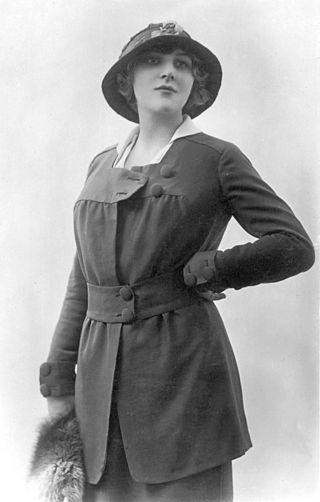
Isobel Elsom was an English film, theatre, and television actress. She was often cast as aristocrats or upper-class women.

Kissing Time, and an earlier version titled The Girl Behind the Gun, are musical comedies with music by Ivan Caryll, book and lyrics by Guy Bolton and P. G. Wodehouse, and additional lyrics by Clifford Grey. The story is based on the 1910 play, Madame et son Filleul by Maurice Hennequin, Pierre Véber and Henry de Gorsse. The story is set in contemporary France, with a glamorous actress at the centre of a farcical plot of imposture, intrigue and mistaken identity.

Ida Adams, sometimes credited as Ida M. Adams, was an American-born actress and singer who worked chiefly in musical theatre.

The Night Boat (1920) is a musical in three acts, based on a farce by Alexandre Bisson, with a book and lyrics by Anne Caldwell and music by Jerome Kern. The story lampoons the notorious New York City-to-Albany night boat, on which clandestine romances were common.
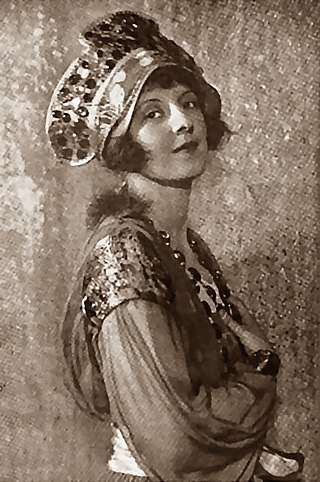
Tessa Kay Kosta was an American actress who starred in Broadway musicals and operettas during the early decades of the twentieth century.

Alma Lenore Francis was an American dancer, singer, and stage actress. She had an international career as a theatrical actress and operatic soprano in numerous stage productions, as well as a short-lived career in Hollywood, appearing in three feature films during the silent era.
Les Dominos roses is a three-act farce by Alfred Delacour and Alfred Hennequin. It concerns a plan by two wives to test their husbands' fidelity. At a masked ball at the Paris Opéra, each wife disguises herself in a pink domino – a hooded cloak with a mask – to woo the other's husband.
Maurice Hegeman was an American musical theatre actor, playwright, librettist, and the inventor of the Brooklyn cocktail. He wrote the book and lyrics for the road musical Gay New York (1905), and starred in several Broadway productions produced by Florenz Ziegfeld Jr..

















